|
|
In an era where online visibility determines business success, on-page SEO best practices have become a fundamental strategy for companies looking to enhance their digital presence. A well-optimized website attracts organic traffic, improves user experience, and increases conversions, making it an essential part of any digital marketing plan. Without a structured SEO approach, even the most visually appealing websites risk getting lost in the crowded online space, unable to reach their target audience effectively.
WiFi Digital, a leader in website development and digital marketing, understands the intricacies of on-page SEO and helps businesses maximize their potential. By implementing strategic content structuring, keyword optimization, and technical improvements, companies can significantly boost their online rankings while offering a seamless experience to visitors. On-page SEO is not just about search engines—it’s about creating valuable, user-friendly content that resonates with audiences and builds credibility. A well-optimized site fosters trust, improves engagement, and positions businesses as authorities in their industry.
From content quality to technical performance, multiple elements influence a website’s ability to rank in search engines. The key is to create a balance between SEO-friendly structures and a natural, engaging user experience. Optimizing title tags, meta descriptions, headers, and multimedia elements all contribute to a robust strategy that enhances visibility and usability. Moreover, technical factors such as page speed, mobile responsiveness, and structured data significantly impact how search engines interpret and rank a site.
1. Crafting High-Quality, SEO-Optimized Content
The backbone of on-page SEO is high-quality content that aligns with user intent. Search engines prioritize pages that provide valuable, relevant, and well-structured information. Simply inserting keywords is no longer enough—modern SEO demands content that educates, engages, and solves real problems. WiFi Digital helps businesses create content strategies that balance SEO requirements with readability, ensuring every piece of content delivers meaningful insights.
Keyword optimization plays a vital role in content success. By naturally integrating primary and secondary keywords, businesses can improve their rankings while maintaining readability. It’s essential to avoid keyword stuffing, as search engines now prioritize context and semantic relevance. Using variations of keywords and related terms creates a more natural flow, improving both user engagement and search engine rankings.
Beyond text, integrating multimedia elements such as images, videos, and infographics enriches content quality. Well-placed visuals keep users engaged, reducing bounce rates and increasing time spent on the page—both important ranking factors. Optimized images with descriptive alt text also contribute to better search engine visibility, ensuring content is accessible to all users, including those with disabilities.
2. Optimizing Title Tags, Meta Descriptions, and Headers
Meta elements serve as the first impression of a webpage in search results. A compelling title tag with relevant keywords captures attention and encourages clicks. This title should be concise, descriptive, and aligned with user intent. WiFi Digital ensures businesses craft optimized titles that attract both users and search engines, maximizing click-through rates (CTR).
Meta descriptions, while not direct ranking factors, influence user behavior. A well-written description provides a brief yet enticing summary of the page’s content, prompting users to visit the site. Including calls to action (CTAs) in meta descriptions further improves engagement by guiding users toward the desired action.
Structured content is also crucial for readability and SEO performance. Header tags (H1, H2, H3, etc.) create a clear hierarchy, making it easier for both users and search engines to navigate the content. A properly structured page enhances comprehension, ensuring key points stand out while improving accessibility.
3. Enhancing Website Structure and Internal Linking
A well-organized website layout improves both user experience and search engine crawling. Internal linking helps distribute authority across different pages, guiding visitors to related content and increasing engagement. WiFi Digital emphasizes a logical site structure that enhances usability while ensuring search engines can efficiently index the site.
Clear navigation and URL structure also contribute to better SEO. Short, descriptive URLs that include relevant keywords perform better than long, complex ones. Ensuring a consistent URL format and avoiding duplicate content further strengthens a website’s SEO foundation.
Additionally, implementing breadcrumb navigation helps users understand their position within a site, improving user experience and search engine interpretation. These structural elements ensure that both visitors and search engines can easily find and understand a website’s content.
4. Improving Technical Performance and Mobile Friendliness
Technical optimization is a key pillar of on-page SEO. Page speed, mobile responsiveness, and secure connections (HTTPS) all impact search rankings and user satisfaction. Slow-loading pages frustrate visitors, leading to higher bounce rates and lower conversions. Search engines prioritize fast websites, making speed optimization a crucial factor in SEO success.
WiFi Digital ensures businesses optimize their website performance by compressing images, enabling caching, and streamlining code. Mobile-friendliness is equally important, as the majority of users now browse via smartphones and tablets. A responsive design ensures that content is displayed correctly across all devices, improving accessibility and engagement.
Another critical aspect of technical SEO is structured data markup (schema). By adding structured data, businesses help search engines understand their content more effectively, increasing the chances of appearing in rich snippets—enhanced search results that improve visibility and CTR.
5. Keeping Content Fresh and Adapting to SEO Trends
SEO is an ongoing process that requires continuous monitoring and adaptation. Search engine algorithms evolve regularly, meaning businesses must stay updated on the latest trends and best practices. Regularly updating existing content with fresh information, improved readability, and new insights helps maintain rankings and user engagement.
Content audits play a vital role in identifying outdated pages that need improvement. Revisiting older blog posts, service pages, and landing pages ensures that businesses continue providing relevant and accurate information. WiFi Digital helps companies refine their content strategies, ensuring long-term SEO success.
Additionally, the rise of voice search and AI-driven search algorithms has transformed how users interact with search engines. Optimizing content for natural language queries and conversational search improves visibility in voice search results, catering to the growing number of users relying on voice assistants like Google Assistant and Siri.
Mastering on-page SEO best practices is essential for businesses looking to establish a strong digital presence. From high-quality content and keyword optimization to technical performance and mobile-friendliness, every aspect contributes to improved search rankings and user experience. WiFi Digital specializes in crafting SEO-optimized websites that drive traffic, engagement, and conversions, ensuring long-term success in an increasingly competitive online landscape.
Investing in on-page SEO is not just about improving rankings—it’s about creating a seamless, informative, and engaging experience for users. Businesses that implement strategic SEO techniques gain a sustainable advantage, building credibility, authority, and long-term customer relationships.
🚀 Looking to optimize your website for better search rankings and user experience? WiFi Digital is here to help!
WiFi Digital: Connecting Businesses to the Digital Future
In today’s fast-paced world, where a strong digital presence is essential for business growth, WiFi Digital emerges as a strategic partner for small and medium-sized businesses (SMBs). Founded in 2023 and based in London, Ontario, the company has a clear mission: to provide affordable, high-quality solutions that help businesses thrive online. With an experienced and passionate team, WiFi Digital goes beyond simply creating websites and marketing strategies. Its purpose is to empower entrepreneurs, strengthen brands, and give clients more free time to focus on what truly matters – growing their business and improving their quality of life.
WiFi Digital develops websites that authentically and professionally represent your brand, optimizes systems and digital marketing strategies to enhance visibility and return on investment (ROI), and offers affordable, customized solutions, ensuring that businesses of all sizes have access to effective growth tools. With transparency, partnership, and innovation, the company provides each client with the necessary support to achieve real results.
Business digitalization is not just about numbers or metrics. It directly impacts entrepreneurs’ well-being, bringing more organization, efficiency, and freedom to focus on what truly matters. WiFi Digital understands that by investing in digital solutions, businesses gain time, reduce operational stress, and create opportunities to connect better with their customers. A well-structured online presence not only increases sales but also strengthens the public’s trust in the brand.
Beyond technical expertise, WiFi Digital’s key differentiator is its commitment to people. The company values genuine relationships, creates tailored strategies, and works side by side with clients to ensure that every solution meets their specific needs. If you’re looking to boost your brand, attract more customers, and still have more time to focus on what truly matters, now is the time to act!
💡 Transform your digital presence with experts who understand your needs.
📩 Contact us now: contact@wifidigital.ca
🌍 Learn more: www.wifidigital.ca
🚀 Your growth starts here!




